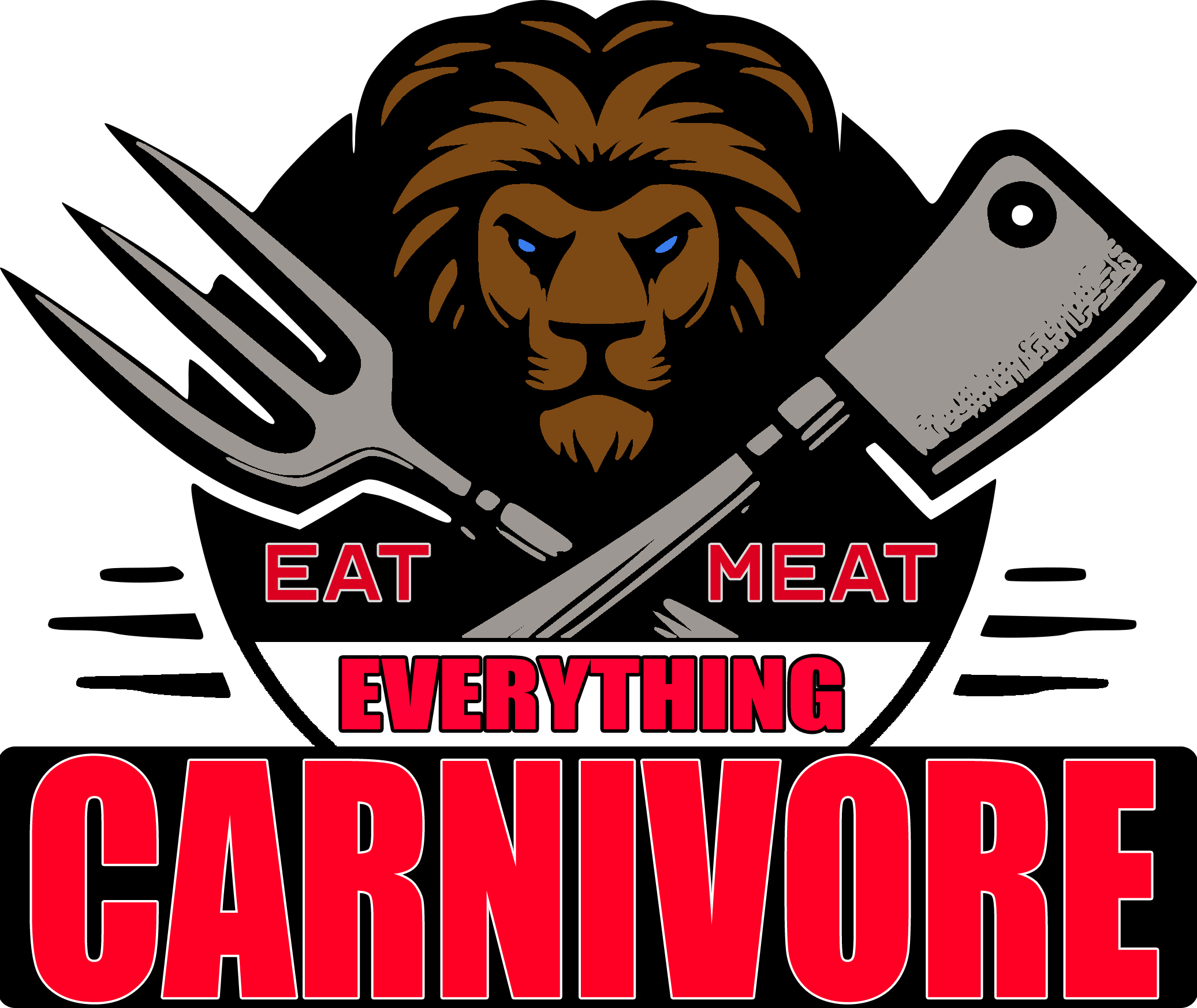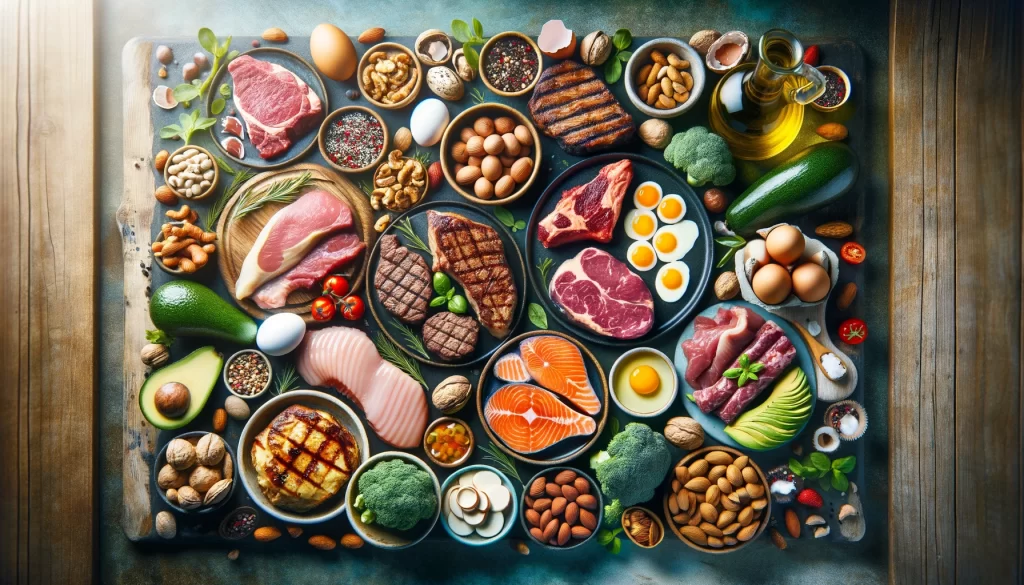Rethinking Blue Zones: The Untold Story of Meat and Animal Products in Longevity Hotspots

The concept of Blue Zones has captivated global attention, offering a glimpse into the lives of the world’s longest-living people. These areas, notably Okinawa in Japan, Sardinia in Italy, Nicoya in Costa Rica, Ikaria in Greece, and Loma Linda in California, are frequently celebrated for their purported plant-based diets. However, a deeper investigation reveals a lesser-known aspect of these longevity havens: the significant role of meat and animal products in their traditional diets. This article aims to shed light on this often-overlooked fact and explore the implications it has for our understanding of health and longevity.
Myth vs. Reality: Meat Consumption in Blue Zones
Contrary to popular belief, the diets of many Blue Zone populations are not strictly plant-based. In fact, the consumption of meat and other animal products plays a more substantial role than is commonly acknowledged.
- Sardinian Staples: In Sardinia, for instance, meat, particularly from pasture-raised sources, is a traditional part of the diet. Meals often feature lamb, pork, and goat, highlighting a cultural affinity for meat that is integrated into their dietary practices.
- Ikarian Diet Diversity: Ikaria’s diet also includes a variety of animal products. Fish, goat milk, and cheese are integral components, reflecting a balanced approach to eating that does not shy away from animal-based foods.
The Oversimplification of Blue Zone Diets
The narrative that Blue Zones owe their remarkable longevity solely to plant-based diets is an oversimplification that fails to acknowledge the diversity of their culinary traditions. This narrative also overlooks the importance of moderation, quality of food sources, and the balance of various food groups that these populations maintain.
Cultural and Environmental Contexts
It’s crucial to understand the diets in Blue Zones within their specific cultural and environmental contexts. The consumption of meat and animal products often aligns with local availability, traditional practices, and the socio-economic conditions of the region.
A Holistic Approach to Longevity
Focusing narrowly on the plant-based aspects of Blue Zone diets risks missing the bigger picture. Longevity in these regions is likely the result of a complex interplay of factors, including diet diversity, active lifestyles, strong community bonds, and stress management practices. Meat and animal products, consumed in moderation and as part of a balanced diet, contribute to this mosaic of health and longevity.
Moving Beyond Dietary Myths
To truly understand the secrets behind the longevity of Blue Zone populations, it’s essential to move beyond myths and one-dimensional portrayals of their diets. Recognizing the role of meat and animal products, consumed in a balanced and sustainable manner, allows for a more comprehensive understanding of these unique diets.
Conclusion
The story of Blue Zones offers valuable insights into health and longevity, but it’s a story that requires a nuanced telling. By acknowledging the role of meat and animal products in these regions, we gain a more accurate and holistic view of what contributes to the health and longevity of these remarkable communities. As we seek lessons in improving our own health and well-being, let’s draw inspiration from the true dietary diversity of Blue Zones, appreciating the complexity and richness of their food cultures.







Responses